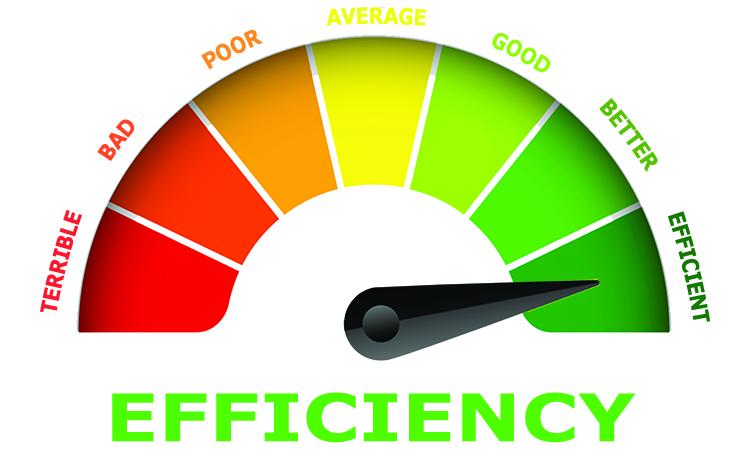Navigating the complex world of product logistics, transport, and shipping can feel like embarking on a journey through a vast and intricate web of supply chains and distribution networks. From the moment a product leaves the manufacturer to its arrival at the customer’s doorstep, countless factors and decisions come into play to ensure seamless and efficient delivery. In this article, we will delve into the key components of product logistics, transport, and shipping, exploring the challenges and innovations that shape the way goods move from point A to point B in today’s interconnected world. Join us as we unravel the mysteries of this essential process that fuels modern commerce and connects businesses with consumers around the globe.
Overview of Product Logistics Process
Product logistics is a crucial aspect of any business operation, ensuring that products are efficiently transported from production to distribution centers and ultimately to the end consumer. The logistics process involves a series of steps that need to be carefully coordinated to ensure timely delivery and customer satisfaction. From sourcing raw materials to manufacturing products, to warehousing, transportation, and shipping, each step plays a vital role in the overall logistics process.
Effective product logistics requires strategic planning, organization, and communication between all parties involved in the supply chain. Key components of the logistics process include inventory management, order processing, packaging, and tracking shipments. Utilizing advanced technology and software systems can help streamline operations and optimize efficiency. By implementing best practices and continuous improvement strategies, businesses can ensure a seamless product logistics process that meets the needs of customers and drives overall success.

Challenges in Transporting Goods
One of the major is ensuring timely delivery to customers. With the rise of e-commerce and consumer expectations for fast shipping, companies are under pressure to deliver products quickly and efficiently. This can be especially challenging when shipping goods internationally, as customs clearance and varying transportation regulations can cause delays.
Another challenge in transporting goods is the risk of damage or loss during transit. Whether goods are being shipped by truck, train, plane, or ship, there is always a possibility that they may be damaged or lost along the way. This can result in financial losses for the company, as well as damage to their reputation if customers receive damaged goods. Companies must carefully package and secure their products to minimize the risk of damage during transportation.

Efficient Shipping Strategies for Businesses
When it comes to , it is essential to streamline the product logistics from start to finish. This includes optimizing transport routes, selecting reliable shipping partners, and implementing cost-effective solutions for packaging and handling. By focusing on these key areas, companies can minimize delays, reduce overhead costs, and improve overall customer satisfaction.
One effective approach is to utilize a combination of air, sea, and land transportation options to create a versatile shipping network. This allows for greater flexibility in meeting varying customer demands and optimizing delivery times. Additionally, incorporating technology such as GPS tracking and real-time updates can help businesses stay organized and responsive in managing their shipping operations. By embracing these strategies, businesses can enhance their competitive edge and build a strong reputation for timely and reliable deliveries.

Key Factors to Consider in Product Distribution
When it comes to product distribution, there are several key factors that businesses need to consider in order to ensure smooth logistics, transport, and shipping processes. One important factor to keep in mind is the mode of transportation. Whether it’s by air, sea, road, or rail, choosing the right transportation method can significantly impact the efficiency and cost-effectiveness of product distribution.
Another crucial factor to consider is the location of distribution centers. Having strategically placed distribution centers can help minimize shipping costs and reduce delivery times. Additionally, businesses should also consider factors such as packaging, warehousing, and inventory management to optimize their product distribution process and provide a seamless experience for customers. By carefully considering these key factors, businesses can streamline their product distribution and ensure timely delivery of goods to customers.
To Conclude
In conclusion, product logistics, transport, and shipping play a crucial role in the successful journey of goods from production to consumption. From the careful coordination of suppliers and carriers to the timely delivery of products, every step in the process is essential for a seamless supply chain. By understanding the intricacies of product logistics and utilizing efficient transport and shipping methods, businesses can ensure their products reach customers in a timely and cost-effective manner. Stay tuned for more insights on how to optimize your supply chain and streamline your operations for maximum success.
